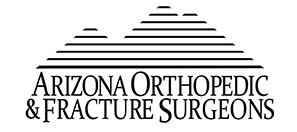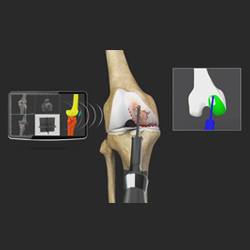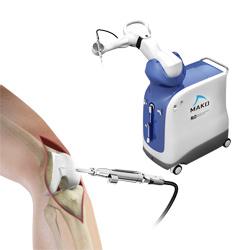Knee Arthroscopy
Knee Arthroscopy is a common surgical procedure performed using an arthroscope, a viewing instrument, to diagnose or treat a knee problem. It is a relatively safe procedure and most of the patients are discharged from the hospital on the same day of surgery.
Total Knee Replacement
Total knee replacement, also called total knee arthroplasty, is a surgical procedure in which the worn out or damaged surfaces of the knee joint are removed and replaced with artificial parts.
Partial Knee Replacement
Partial knee replacement is a minimally invasive surgery in which only the damaged compartment of the knee is replaced with an implant. It is also called a unicompartmental knee replacement.
Custom-fitted Total Knee Arthroplasty
Custom- fitted total knee arthroplasty is a newer technology in total knee replacement surgery. It is an advanced procedure using an individualized patient-specific knee implant for replacement of all three components of the knee. The difference with custom knee replacement from other knee replacement surgeries is the use of an MRI scan prior to the surgery that provides a clear view of the shape and structure of the different components of the joint. The implants are then designed specifically to match the natural shape of the articulating surfaces of the patient’s knee based upon the MRI. Unlike other knee replacement surgeries, custom- fitted total knee replacement can also be used for severe knee arthritis.
ACL Reconstruction
The anterior cruciate ligament is one of the major stabilizing ligaments in the knee. It is a strong rope- like structure located in the center of the knee running from the femur to the tibia. When this ligament tears unfortunately, it does not heal and often leads to the feeling of instability in the knee.
MCL Reconstruction
Medial collateral ligament (MCL) is one of four major ligaments of the knee that connects the femur (thigh bone) to the tibia (shin bone) and is present on the inside of the knee joint. This ligament helps stabilize the knee.
Meniscus Repair
A meniscus tear is the commonest knee injury in athletes, especially those involved in contact sports. A sudden bend or twist in your knee can cause the meniscus to tear. This is a traumatic meniscal tear. Elderly people are more prone to degenerative meniscal tears as the cartilage wears out and weakens with age.
Robotic Assisted Knee Replacement
Robotic assisted knee replacement surgery is an alternative to the conventional knee replacement procedure. It is performed using robotic-arm technology that allows the surgeon to precisely perform the surgery through a smaller incision as compared to traditional surgery. It is indicated for patients suffering from degenerative knee diseases such as osteoarthritis.
Arthroscopic Reconstruction of the Knee for Ligament Injuries
The surgical repair of the completely torn ligament involves reconstruction of the torn ligament using a tissue graft taken from another part of the body or from a donor. The damaged ligament is replaced by the graft and fixed to the femur and tibia using metallic screws. Gradually, over a period of a few months, the graft heals.
Mako Robotic-Arm Assisted Technology for Partial Knee Replacement
During surgery, the surgeon guides the robotic-arm within the pre-defined area and the Mako System helps the surgeon stay within the planned boundaries that were defined when the personalized pre-operative plan was created. This helps to provide more accurate placement and alignment of your implant.
Mako Robotic-Arm Assisted Technology for Total Knee Replacement
In the operating room, your surgeon follows your personalized surgical plan while preparing the bone for the Triathlon Total Knee implant. With over a decade of clinical history, Triathlon knee replacements are different than traditional knee replacements because they are designed to work with the body to promote natural-like circular motion.
Cirugía asistida por el brazo robótico Mako® para reemplazo total de rodilla
Sus articulaciones participan en casi todas las actividades que usted realiza. Movimientos como caminar, inclinarse y girarse requieren utilizar las articulaciones de la cadera y de las rodillas. Cuando la rodilla se enferma o se lesiona, el dolor resultante puede limitar gravemente su capacidad para moverse o trabajar.













